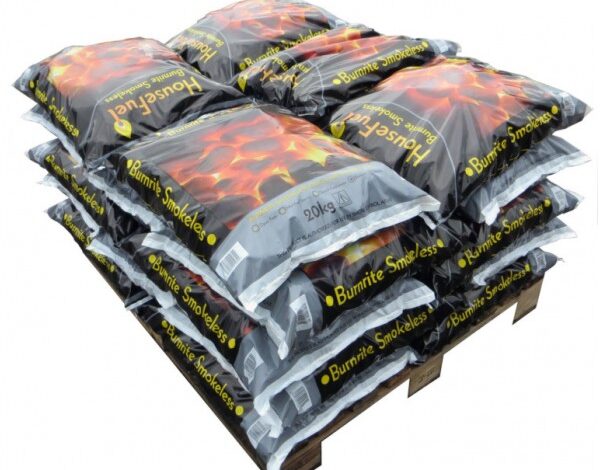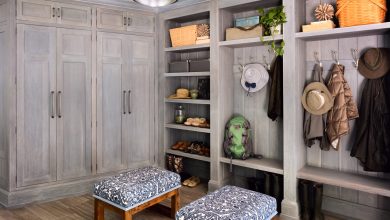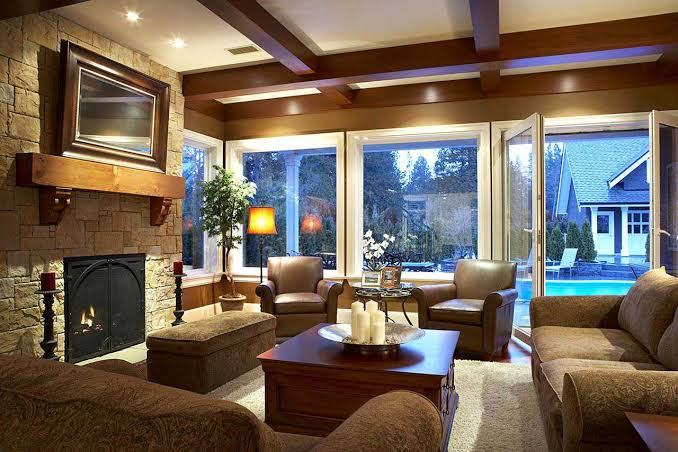HouseFuel – HouseFuel’s Guide to Operating Your Stove

Maybe you’ve just purchased a multi-fuel stove for the first time and can’t wait to try it out. If you’ve never used one of these appliances before, operating them might be a head-scratcher at first.
Don’t worry, HouseFuel is here to present a helpful guide on operating these appliances for a stress-free and effective fire assembly. Let’s look at how you should maintain the device and use it optimally.
How to Use Your Multi-Fuel Stove
Try to make sure your stove is clean before you use it. This means your solid fuel will burn far more efficiently than it would otherwise. It would be a good idea to do this every time you use the stove, as long as it has cooled down sufficiently. Not only this, but a clean stove looks better too!
Firstly, put enough kindling and firelighters at the base of the combustion chamber; this is crucial to get your fire going. Once the small flames are evident, you can add your coal or wood on top of them and the flames should build even higher.
Move the solid fuel around with a poker from a distance to generate further pockets of air so the fire can breathe. Otherwise, add some more coal or wood to build the fire up even more.
Once your home is warm enough and you no longer need the stove, let the fire cool down, dispose of all the remnants within the combustion chamber, and clean it out sufficiently so it’s ready for your next use.
We’d recommend you use smokeless fuel for the best results due to kiln-dried wood’s low moisture content and coal alternatives being dense and high in carbon. For all the best solid fuels to use on your multi-fuel stove, check out what is supplied on the HouseFuel website.
The Benefits of a Multi-Fuel Stove
The beauty of a multi-fuel stove is that it can handle both wood or coal, sometimes both depending on what the instruction manual says – we’d advise you to read through the operating manual before trying this.
Having an appliance that can handle either solid fuel can be a relief, meaning you can use a lot of that excess storage of wood or coal that you might have. If you have a wood-burning stove, never use coal in it because coal burns to a much higher temperature than wood, something a wood burner isn’t designed to handle.
Multi-fuel stoves have a vent connected to a wall allowing the potential pollutants to leave your home, ensuring safety. It’s crucial that you have an expert fit the vent to your wall to make sure this is done correctly and nobody’s health and safety are at risk.
There is also some evidence to suggest that installing a multi-fuel stove into your house can increase its value in the long term, something you should bear in mind if you plan on moving further down the line. The running costs should also reduce your heating bills compared to mains gas.
Everything you could wish to know about solid fuels for multi-fuel stoves is available at HouseFuel.





